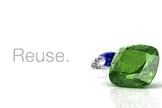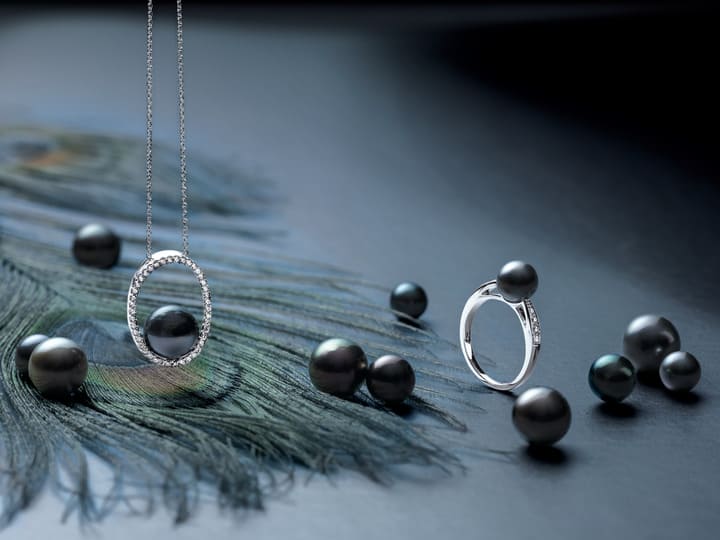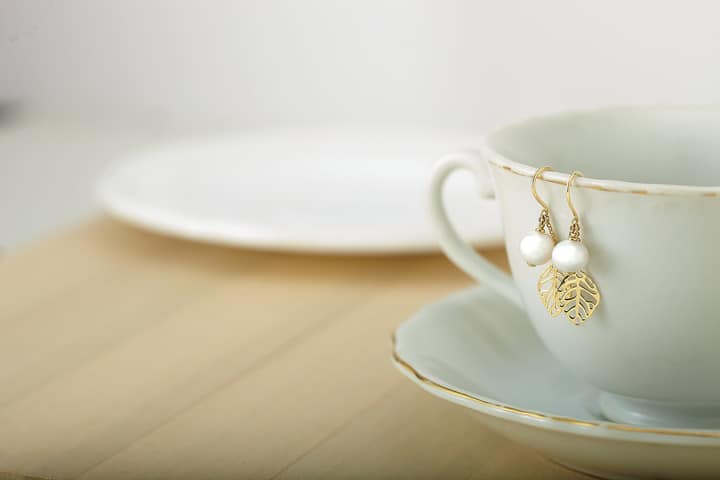Pearls (in my opinion) are the most amazing gem you can come across. Why? Because they come out of the shell in perfect condition, with no polishing or faceting required, and are available in a variety of colors, sizes, and shapes more than any other gem.
Pearls have been worn for ages, with some of the first pieces of pearl jewelry dating back to Ancient Egypt, and its mythology is found in numerous cultures around the world. The ancient Greeks believed that pearls were the hardened tears of joy from Aphrodite, the goddess of love. Some Chinese legends say that pearls were formed inside the brains of dragons. In Arabian legend, they are said to be created from hardened moon drops. Today, even though we know much more about pearls, they are still mysterious to us.
By the way Happy Birthday to all the June babies out there!
June is one of only two months that has three birthstones associated with it, giving the lucky people born in June a choice of gemstones between PEARL, Alexandrite and Moonstone. In this post we focus on Pearls which are also given on the 1st, 3rd, 12th and 30th anniversaries.
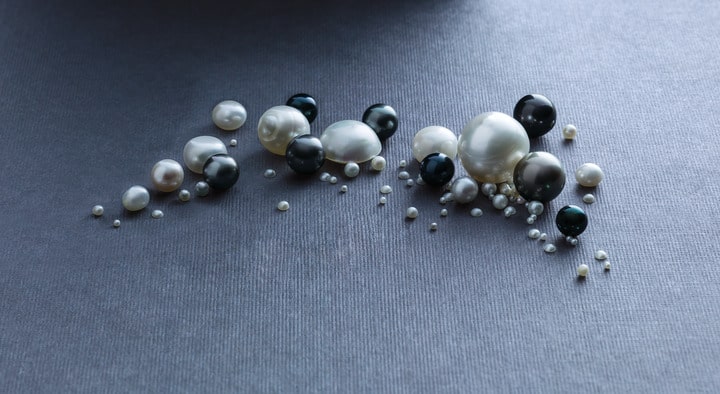
How are pearls are formed? Pearls grow inside mollusks such as oysters and mussels when an irritant such as a tiny stone or bit of sand gets inside the mollusk’s shell. This process of building a solid pearl in nature can take up to seven or eight years. Whereas, cultured pearls takes only 2 weeks to 3 months to grow.
The most valuable pearls are perfectly symmetrical, relatively large and naturally produced. Pearls are one of few gems not measured by carats. Luster is the most important aspect of choosing a pearl. The finest pearls are metallic and reflective like mirrors.
Pearls can range in size from 3mm to 13mm. Because pearls do not require polishing or faceting like most gems, finding a pair of pearls that match perfectly in size, color and luster can be more difficult—and more expensive. A matched strand of natural pearls may sell for hundreds of thousands (if not millions) of dollars.
Only gem experts with specific gemological X-ray equipment can distinguish natural pearls from cultured pearls. Natural pearls consist entirely of concentric growth rings, while cultured pearls have a solid nucleus of the bead or shell that was implanted to stimulate pearl production.
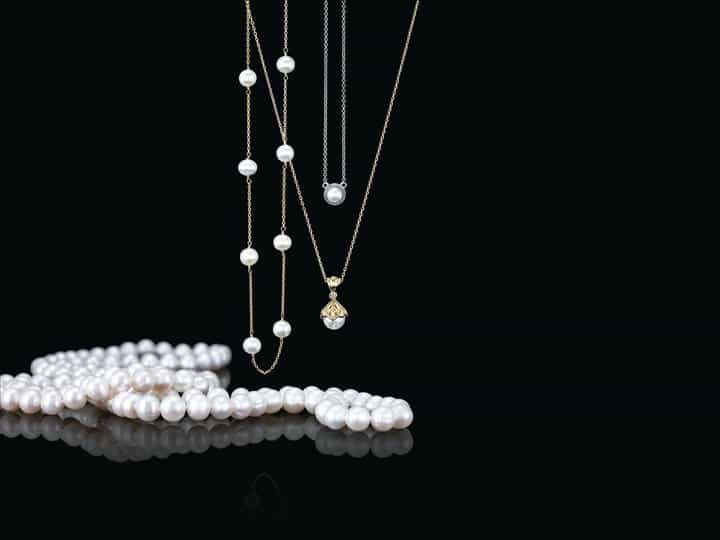
Here’ a list of the many types of pearls:
natural pearls are made without human interference
cultured pearls was first used in 1893 and is made when a foreign substance is intentionally inserted into a living oyster
baroque pearls are pearls that have irregular shapes
biwa pearls are an irregular shaped pearl which forms in the freshwater of Lake Biwa, Japan
blister pearls are grow attached to the inside of the shell
black pearls are gray to black pearls
freshwater pearls form in fresh water mollusks and look like puffed rice
mabe pearls are cultivated blister pearls
seed pearls are small, tiny pearls
What color are pearls? They vary in color from white to pink, brown or black.
How to care for pearls? They are very sensitive to extreme heat, acids, dryness, and humidity so care should be taken when storing pearls.
Where do they harvest pearls? Natural pearls from the Persian Gulf, the Gulf of Manaar (Indian Ocean), and the Red Sea were harvested for thousands of years. The coasts of Polynesia and Australia produce mainly cultured pearls. Both freshwater and saltwater pearls are cultivated in Japan and China. Freshwater pearls occur in the rivers of Scotland, Ireland, France, Austria, Germany, and the USA (Mississippi)
When you say “I do” say “yes” to pearls too: As ancient symbols of purity and innocence, pearls are traditionally worn by a bride on her wedding day—making pearl jewelry a great gift to celebrate a bride-to-be or a 1st, 3rd, 12th or 30th anniversary.
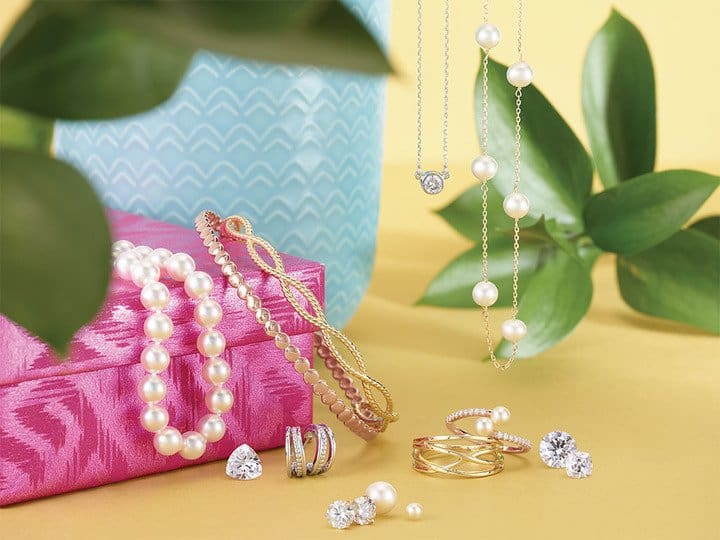
Here is summary and more interesting facts:
- Pearls are the only jewels created by a living animal. A natural pearl of value is found in less than 1 in every 10,000 wild oysters.
- All pearl oysters are born male and transform into females at around three years of age.
- There are three major types of saltwater cultured pearls: Akoya, Tahitian and South Sea. These pearls account for approximately 5% of the total weight of global pearl production.
- Freshwater pearls account for approximately 95% of total global pearl production but are much less valuable than saltwater pearls. China produces the majority of freshwater pearls in pearl farms and typically produce between 30 and 50 pearls at a time.
- Even with cultivation practices, South Sea pearls are really rare. To compare, the weight of diamond production each year is 10 times greater than the weight of the Australian South Sea pearls harvest each year.
- Pearl oysters are also used for their shell (known as mother-of-pearl) and their meat.
- The earliest record we have of pearls as precious objects are artefacts from Mesopotamia dated to around 2300 B.C.
- Recently, a two thousand year old pearl was found in an Australian Aboriginal archaeological dig in Western Australia.
- La Peregrina (Spanish for ‘the incomparable’) is one of the most famous pearls in the world. The 500-year-old pearl is the size of a large pigeon’s egg. Its previous owners included a King of Spain, Napoleon Bonaparte and Elizabeth Taylor.
- In the early days, pearl divers regularly faced shark attacks as well as the bends when diving and the mortality rate for divers was as high as 50 per cent. Today, there are strict protocols and regulations regarding occupational diving to reduce these risks.
 Stop by the Gold Market Diamond Jewelers to shop pearls, restring your current strand or appraise heirloom pearls you might have inherited.
Stop by the Gold Market Diamond Jewelers to shop pearls, restring your current strand or appraise heirloom pearls you might have inherited.

